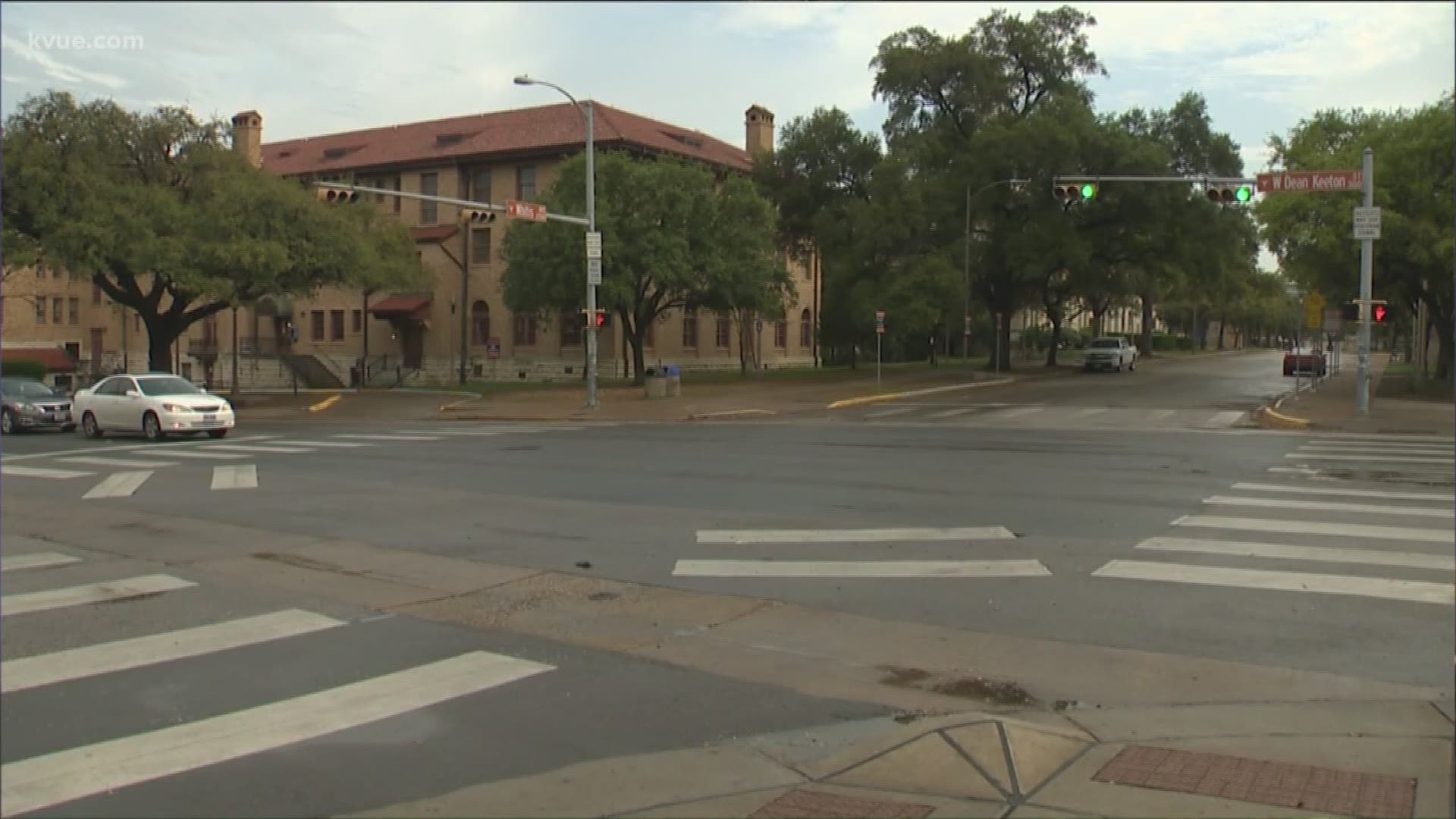AUSTIN, Texas — Earlier in March, the University of Texas at Austin announced all classes would be moved online for the rest of the spring semester to prevent the spread of COVID-19.
So, naturally, video teleconference meetings have become essential to hold basic class communication.
According to UT President Greg Fenves, the university is now investigating what he called a "racist Zoom bombing of a meeting of UT students, staff & faculty."
"We are investigating the racist Zoom bombing of a meeting of UT students, staff & faculty. It was reprehensible," Fenves tweeted March 30. If the perpetrators are members of the UT community, they will be disciplined. We will also increase online security for all UT staff to prevent similar incidents."
So, what is a "Zoom bombing?"
"Zoom bombing" is where uninvited attendees enter into a video teleconference meeting with intent of sharing hateful or threatening language or imagery. The FBI said it has received numerous reports of "Zoom bombing" since the COVID-19 outbreak started.
"As large numbers of people turn to video-teleconferencing (VTC) platforms to stay connected in the wake of the COVID-19 crisis, reports of VTC hijacking (also called “Zoom-bombing”) are emerging nationwide," the FBI said. "The FBI has received multiple reports of conferences being disrupted by pornographic and/or hate images and threatening language."
According to Jay Hartzell, Dean of the UT McCombs School of Business, the university logged 5.2 million minutes of Zoom time by 157,777 participants (students) by 3 p.m. on March 31 since going to online classes on March 30.
Zoom has written a blog including tips on how to avoid becoming victim to a "Zoom bombing."
- Lock the meeting: It’s always smart to lock your front door, even when you’re inside the house. When you lock a Zoom Meeting that’s already started, no new participants can join, even if they have the meeting ID and password (if you have required one). In the meeting, click Participants at the bottom of your Zoom window. In the Participants pop-up, click the button that says Lock Meeting.
- Set up your own two-factor authentication: You don’t have to share the actual meeting link! Generate a random Meeting ID when scheduling your event and require a password to join. Then you can share that Meeting ID on Twitter but only send the password to join via DM.
- Remove unwanted or disruptive participants: From that Participants menu, you can mouse over a participant’s name, and several options will appear, including Remove. Click that to kick someone out of the meeting.
- Allow removed participants to rejoin: When you do remove someone, they can’t rejoin the meeting. But you can toggle your settings to allow removed participants to rejoin, in case you boot the wrong person.
- Put ‘em on hold: You can put everyone else on hold, and the attendees’ video and audio connections will be disabled momentarily. Click on someone’s video thumbnail and select Start Attendee On Hold to activate this feature. Click Take Off Hold in the Participants list when you’re ready to have them back.
- Disable video: Hosts can turn someone’s video off. This will allow hosts to block unwanted, distracting, or inappropriate gestures on video or for that time your friend’s inside pocket is the star of the show.
- Mute participants: Hosts can mute/unmute individual participants or all of them at once. Hosts can block unwanted, distracting, or inappropriate noise from other participants. You can also enable Mute Upon Entry in your settings to keep the clamor at bay in large meetings.
- Turn off file transfer: In-meeting file transfer allows people to share files through the in-meeting chat. Toggle this off to keep the chat from getting bombarded with unsolicited pics, GIFs, memes, and other content.
- Turn off annotation: You and your attendees can doodle and mark up content together using annotations during screen share. You can disable the annotation feature in your Zoom settings to prevent people from writing all over the screens.
- Disable private chat: Zoom has in-meeting chat for everyone or participants can message each other privately. Restrict participants’ ability to chat amongst one another while your event is going on and cut back on distractions. This is really to prevent anyone from getting unwanted messages during the meeting.
Fenves said the university would discipline the perpetrators if they were found to be a part of the UT community and would be increasing online security for all UT staff to prevent similar incidents.
The FBI asked any victims of a teleconference hijacking, or any cyber-crime, to report it to the FBI’s Internet Crime Complaint Center at ic3.gov. Additionally, if anyone receives a specific threat during a teleconference, the FBI asked them to report it to tips.fbi.gov.
PEOPLE ARE ALSO READING:

